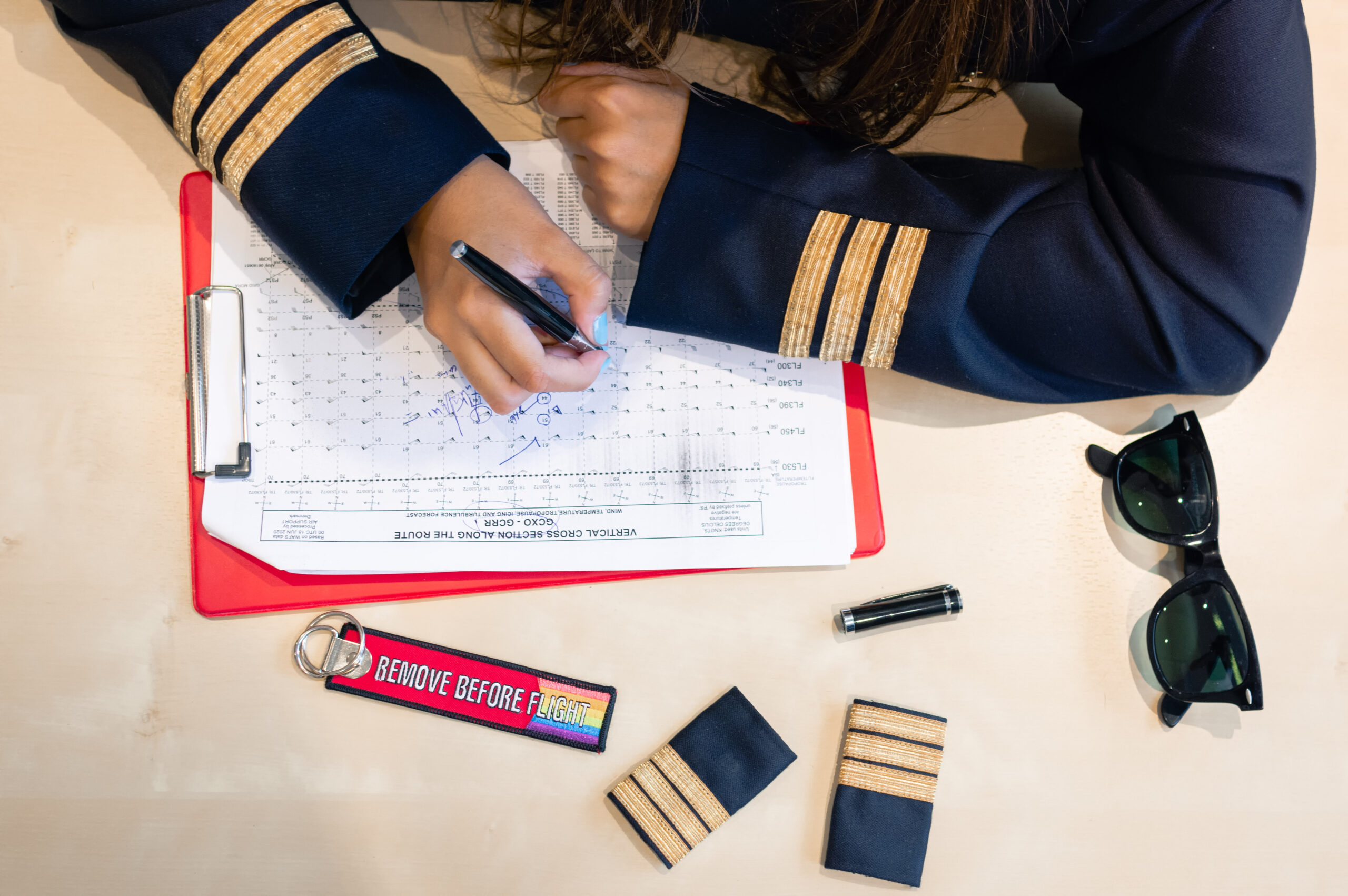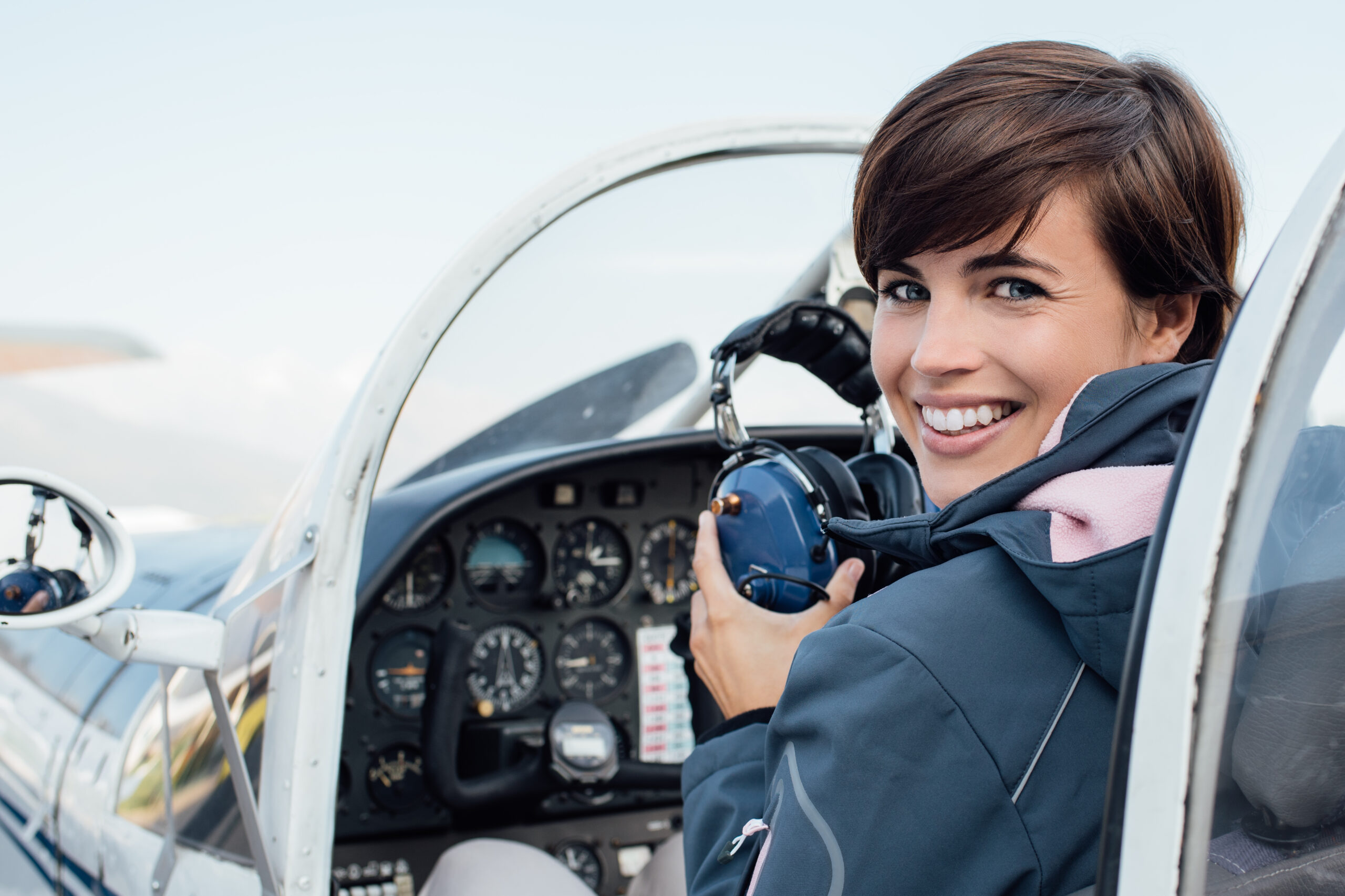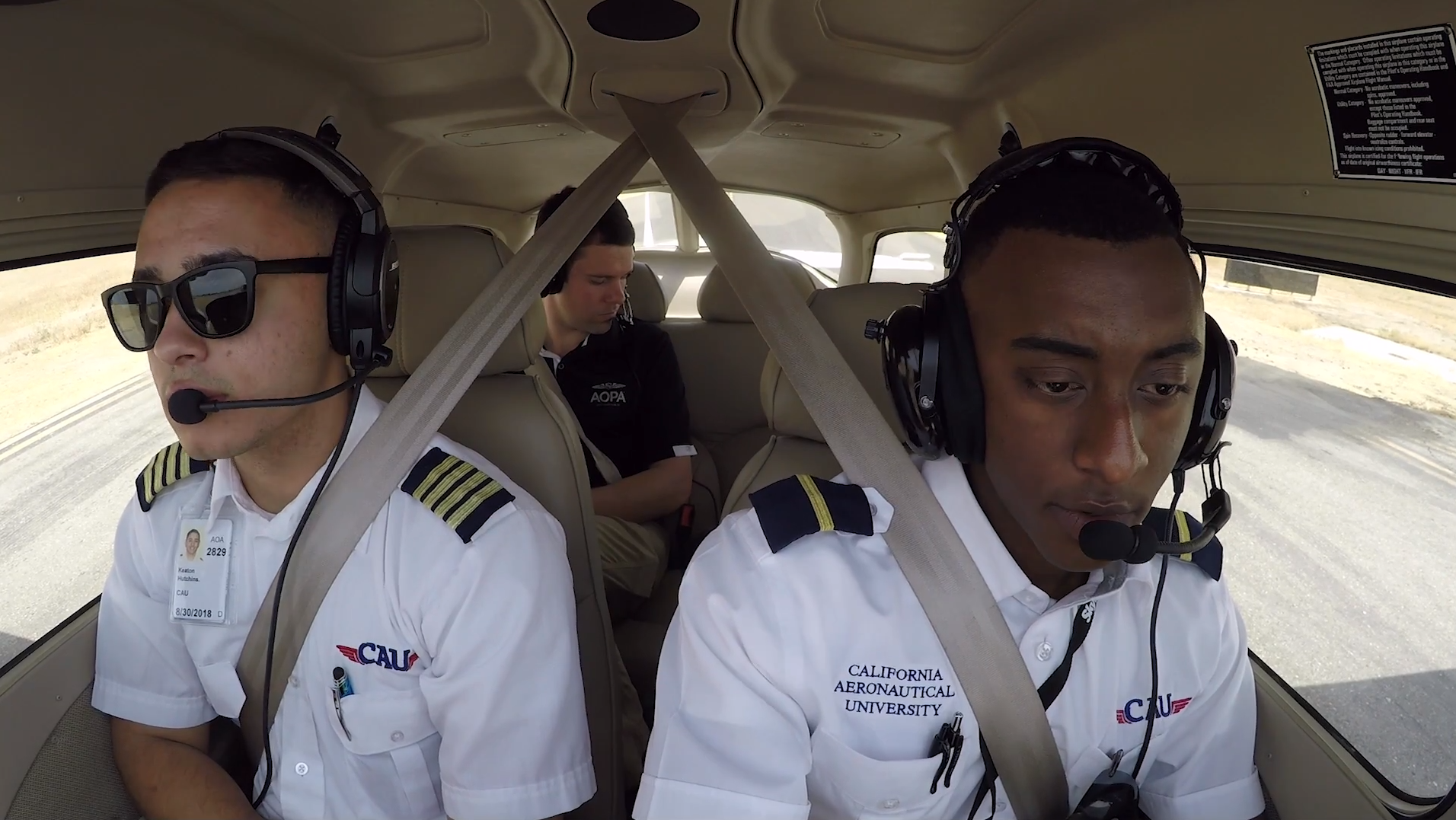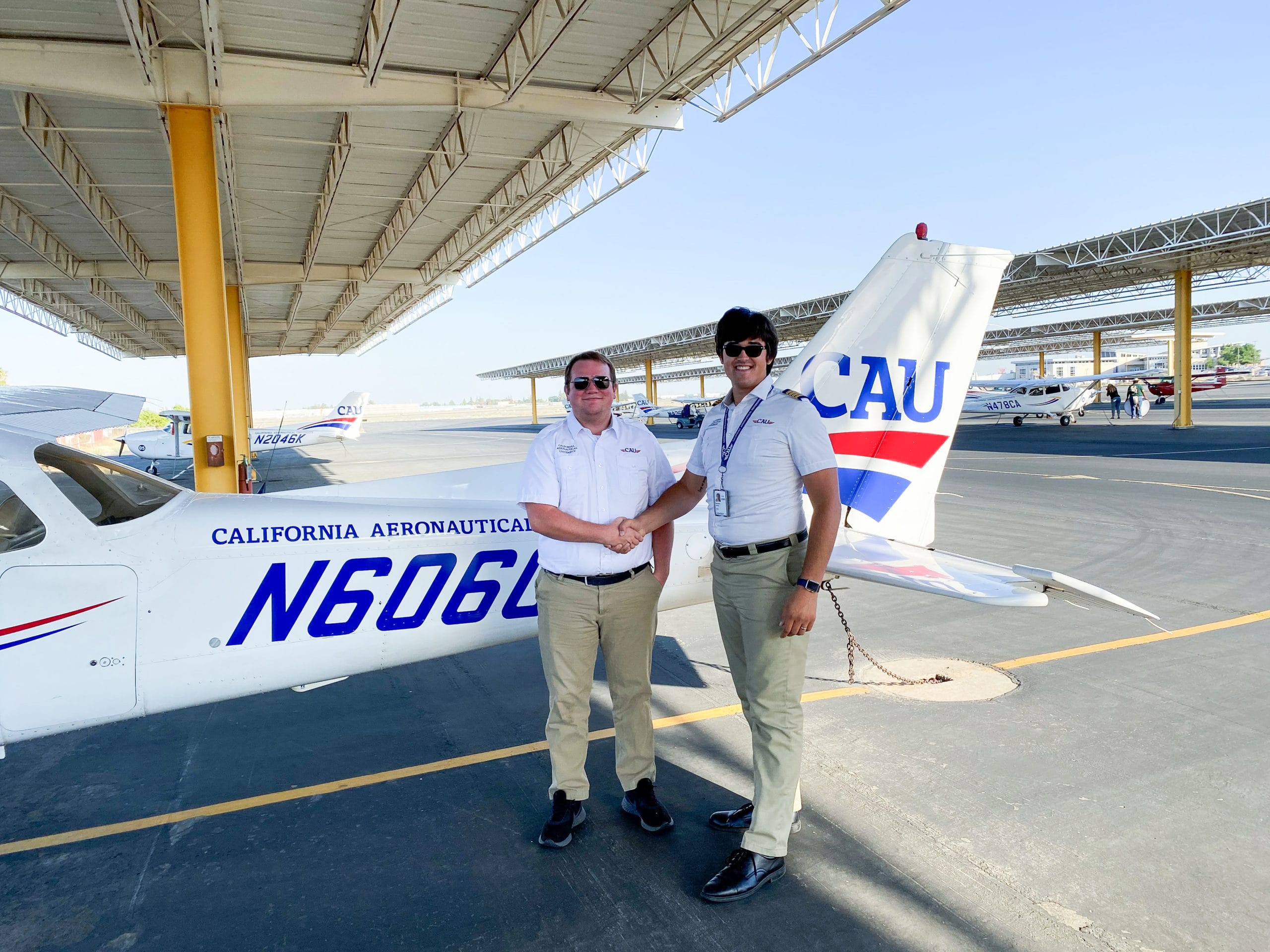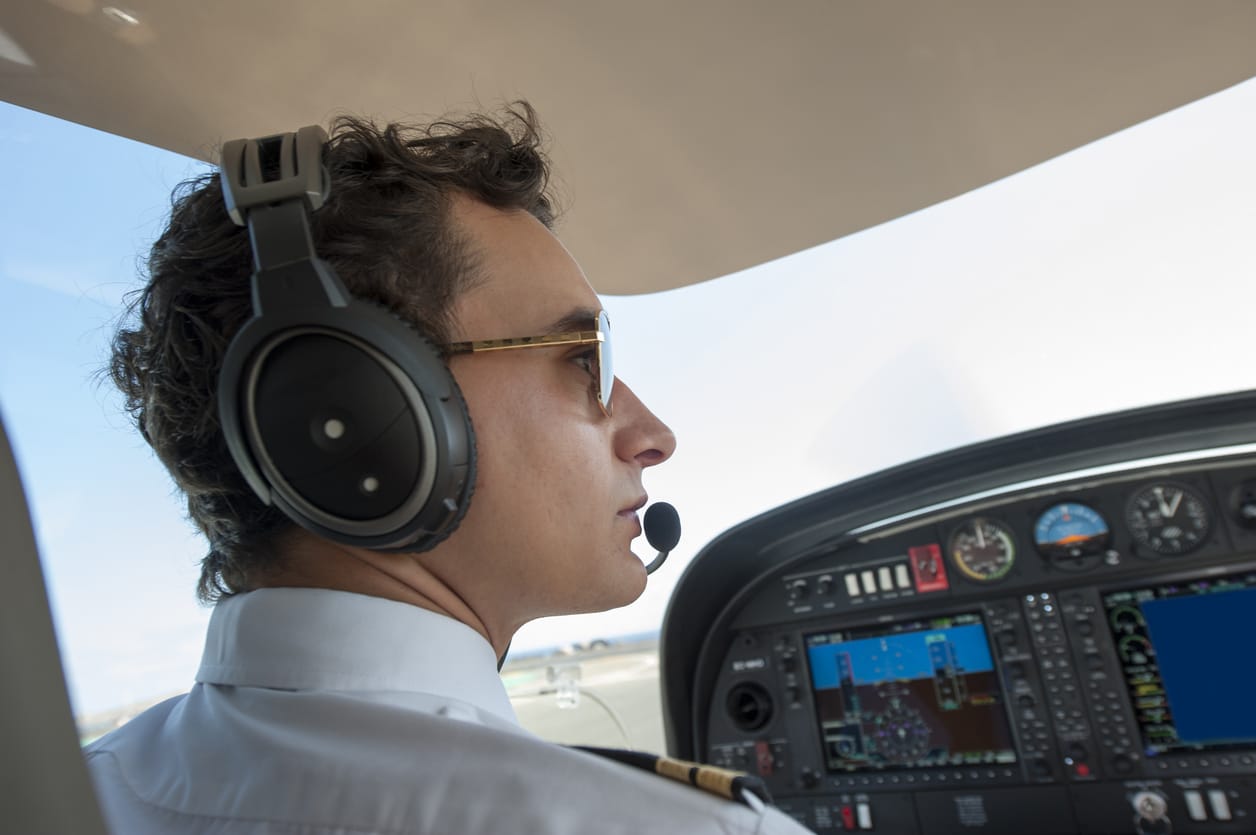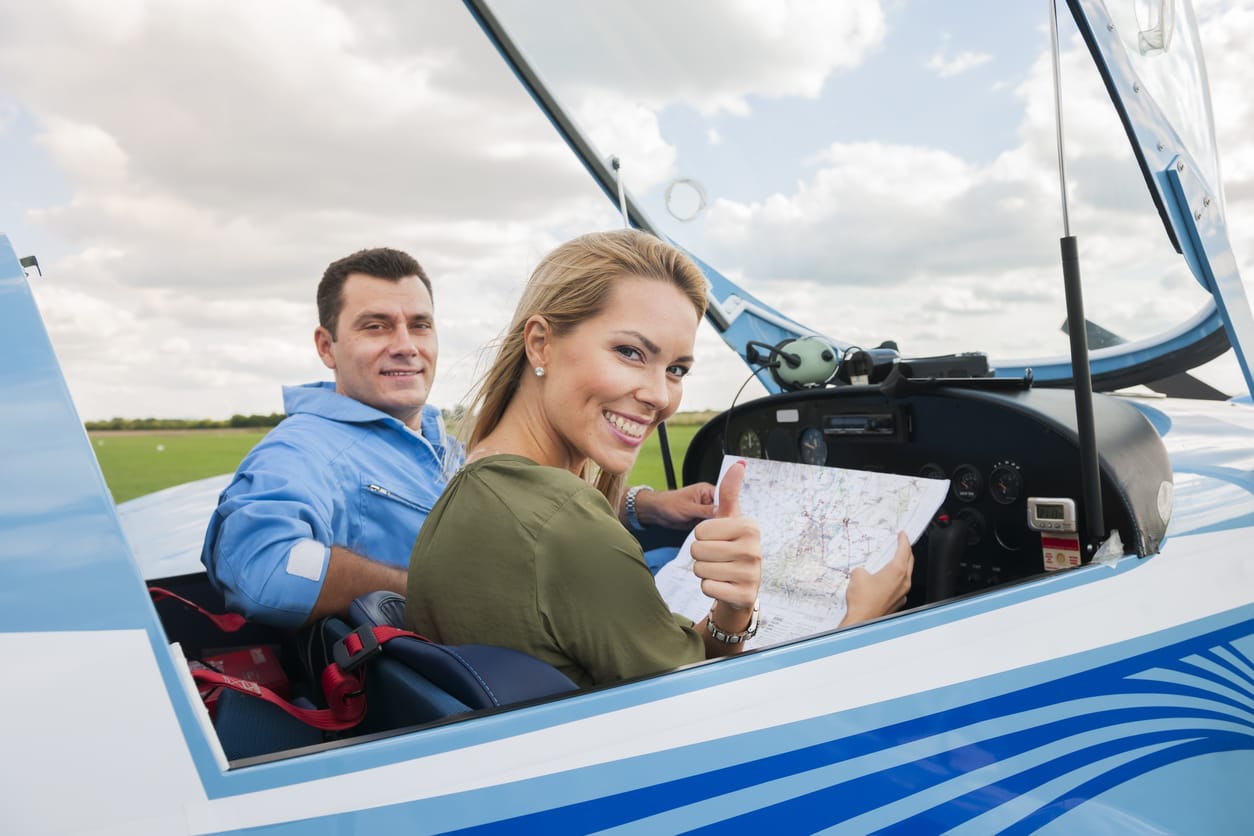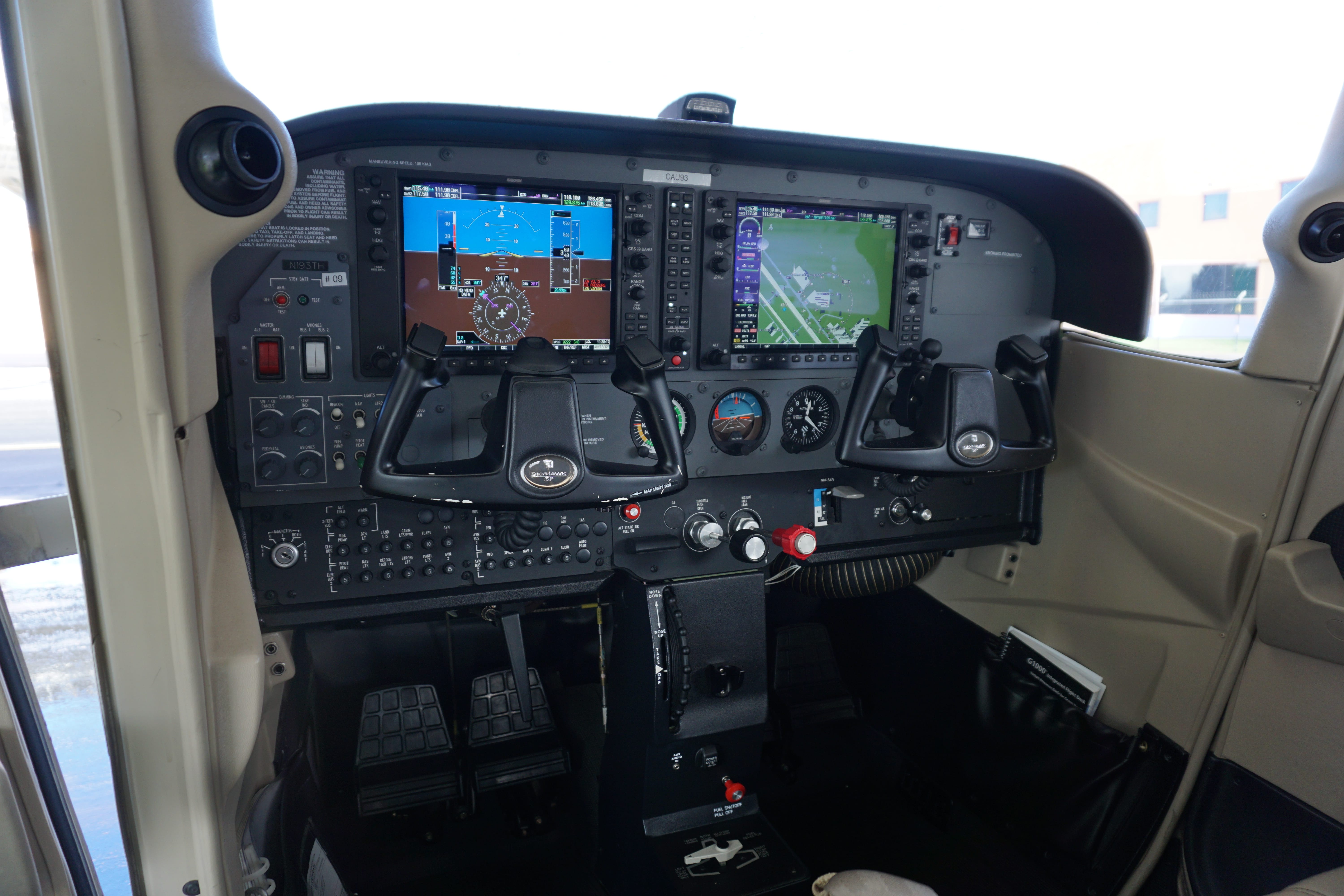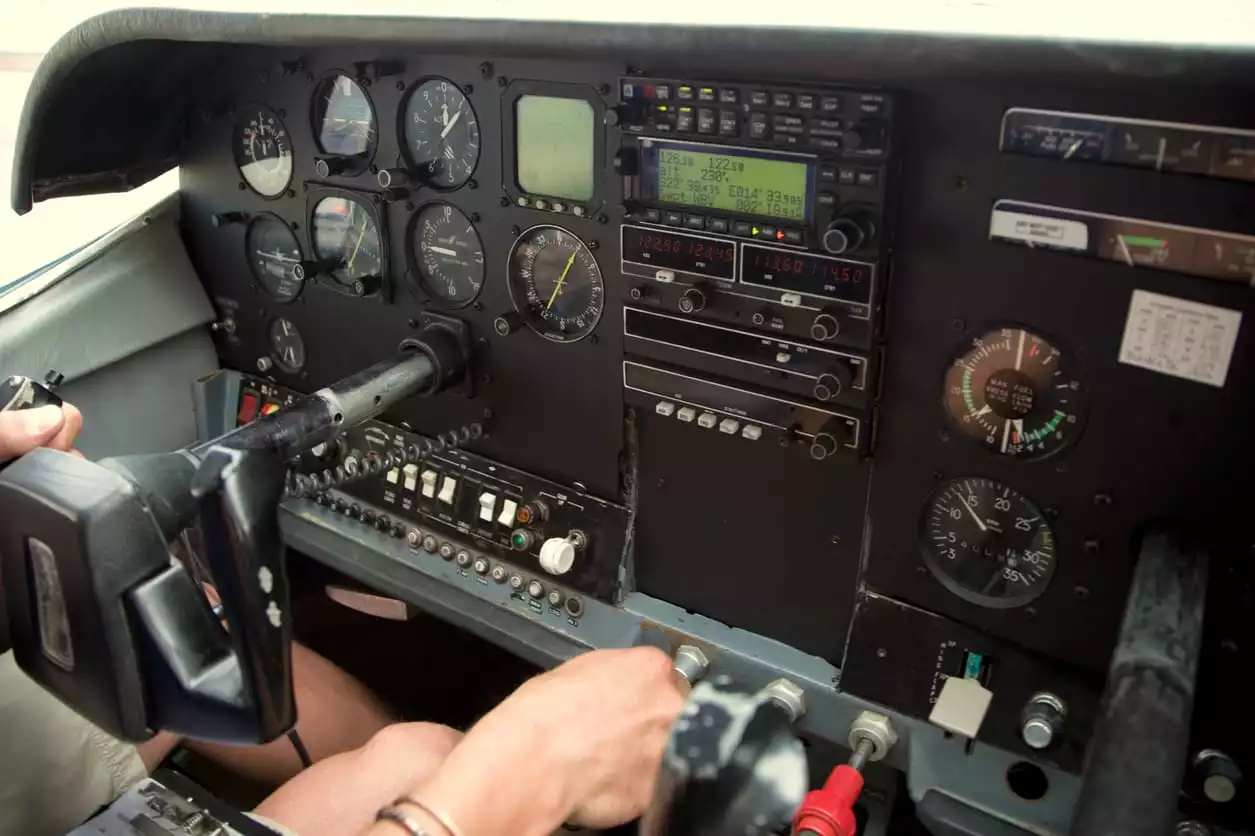In the outstanding TV series Sky King, which ran from 1951 to 1962, “Sky” would rush out to his twin-engine Cessna, the Songbird, start her up, and spring into the sky, ready to do good deeds at a moment’s notice.
Sounds romantic, doesn’t it?
It’s not. It’s death-defying.
Before any flight, all pilots must do multiple checks to prepare for and ensure safety for those flights. That includes not only big iron airline pilots but also all others, including the little two-seater airplane that’s just going to go up for a little sightseeing. Sky King needed to do much more before taking to the skies.
Let’s take a look at what a typical private pilot might do to prepare for flight.
In this case, we are going to consider someone planning to go flying in a four-seater airplane, perhaps bringing one passenger along with him or her. Although this article considers a private pilot flying from one airport to another, virtually everything you see here applies even if the private pilot is planning to do a round-robin trip (ultimately returning to the original airport), or even if he or she is planning to land on water (hopefully with a seaplane or amphibious aircraft).
The Regs
All pilots are required to familiarize themselves with every bit of information related to a flight that they are considering. This is standardized in the federal aviation regulations, specifically, 14 CFR 91.103.
This is a very broad requirement. It means that a private pilot must be familiar with tons of information included but not limited to:
- anticipated weather
- any work recently done on the airplane
- the current condition of the airplane
- what’s happening along the intended flight route
- anything special about all the airports with which the private pilot may have come in contact; and
- much, much more.
This is obviously quite different from hopping into a car for a drive out to the beach, where pretty much all you’ve got to do is to make sure you have enough gas in the tires aren’t flat!
Planning the Flight Path
Unless the private pilot is expecting to take to the air just to fly around and take in the nice sights, he or she will usually have a specific destination in mind. Although sometimes it is possible to plan a flight directly from the airport where one is based to the airport to which one intends to fly, more often than not the route will not be direct. Even after factoring in potential weather issues, an indirect route may also be necessitated because there may be obstacles in the way, or there may be portions of airspace that are not available at any given moment. For example, temporary no-go areas could include where the military might be practicing, or where the Federal Aviation Administration (FAA) has established temporary flight restrictions (TFRs) were perhaps a dignitary like a president may be landing, or an airport may be closed for runway repair. The list is of course potentially endless, so the private pilot really must check everything.
Watching the Weather
Pilots need to be intensely aware of the weather, and they usually begin to establish that awareness several days before the flight itself. Watching the news and the weather channel are good, but there are several websites and other sources of information that pilots can consult to get aviation-specific information.
The Federal Aviation Administration (FAA) and the National Weather Service have great information for pilots, and there are several apps for machines like the iPad that also provide good planning information.
What’s the Private Pilot Checking For?
When the pilot is checking out weather for the future, he or she is looking primarily for impediments to flight. For example, if a private pilot is limited to VFR flying (Visual Flight Rules – away from clouds), then obviously clouds can interfere with the safety and legality of a flight. There may be several routes to a destination, and the ones without clouds in the way would obviously be the best choices for someone who is limited to this type of flight.
On the other hand, a private pilot who has the privilege of flying under IFR (Instrument Flight Rules) may fly with an inside of clouds. That might sound like it’s easier to check weather because clouds are not necessarily an impediment, but it’s actually more difficult. When there are clouds, there may be mean things like thunderstorms developing inside of them, so the basic idea is that an IFR-type briefing is more intense.
There are other things like winds and turbulence that a private pilot must also consider when he or she is checking the weather.
As the actual date and time of the flight get closer, the pilot will check in much more granular detail. Somewhere between two hours before a flight and the intended takeoff time for the flight, the pilot will get a detailed briefing either directly from a Flight Service briefer over the telephone, or by using any of multiple websites or multiple apps, such as ForeFlight. These allow the private pilot to visualize radar returns, predict where icing may occur (icing is absolutely bad, and should always be avoided), and check out other weather-related phenomena.
The Standard Pre-Flight Briefing
The briefing the pilot gets from the flight service station or from the other available sources includes far more than just weather. Here are the most significant (not all) elements of a standard briefing the pilot is required to obtain:
Current Conditions, Enroute Forecast, and Destination Forecast
The pilot must learn about what the weather is like at the moment at the airport from which he or she will be taking off, the destination airport, and usually also for points in between. Different types of flying (for example, IFR or VFR) have different requirements for current conditions. For example, a VFR flight usually may not depart an airport unless the cloud bases, if any, are no lower than 1000 feet above the ground. IFR flights have quite different requirements that are not as restricted.
Adverse Conditions
The adverse conditions portion of the standard preflight briefing normally includes information on unusual weather, such as thunderstorms, turbulence, or even volcanic ash in the sky. Pilots need to know about all of this, and often the information will result in deciding on a different route of flight. It can even result in a pilot deciding not to take to the air that day. The no-go decision is often the type of decision a superior pilot will be made out of respect for safety
Winds Aloft
The pilot needs to know about the winds and air temperatures the flight is expected to encounter en route. One example of why this is so important is that if there is a strong headwind (winds blowing toward the nose of the airplane), the flight’s progress over the ground will be slowed, and the amount of fuel that will be necessary to load onto the airplane prior to the flight will have to be larger.
This area of the briefing, which includes temperatures for 6,000 feet above the ground and up, can also indicate the potential for icing.
Notices to Airmen
Notices to Airmen (called NOTAMS) include information mostly on exceptions. For example, sometimes the radiofrequency to contact the control tower may have been changed because of work being done on the radio equipment, so the pilot will learn which different frequency to use for this flight. Another example of a NOTAM would be if the length of the runway has been changed temporarily because of construction on that runway. There is an infinite number of possible things that could be said in NOTAM. These are absolutely vital for the private pilot to know prior to taking off.
Other Types of Briefings
Sometimes a pilot will need to re-brief a flight for which he or she has already obtained most of the information just a little while ago. In this case, one may obtain an Update Briefing. Also, getting a briefing for a flight that is way off into the future – something like five hours or more – one would get an Outlook Briefing.
The Private Pilot Preflight
Although Sky King may have been depicted as sauntering up to his airplane, hopping in, firing up the engines, and launching into the sky, in reality, a private pilot must check out the airplane and its systems thoroughly before leaving the earth.
The Interior Preflight
Part of the preflight involves checking that the airplane has proper, legal paperwork. This includes the “Pilot’s Operating Handbook” (POH) and an Airworthiness Certificate. One must not fly without having those in the airplane. More importantly, the private pilotmust check the airplane systems themselves.
A typical interior preflight will begin by looking over everything in the cockpit, flipping a few switches and checking readings to make sure everything is responding correctly, and then moving to the outside of the airplane.
For most private pilots who rent airplanes, the most critical thing to check is the Hobbs meter. This is the device that measures how long the engine has run, and its display is cumulative from the time the Hobbs meter is installed. Why is it so critical? Because that affects how much the pilot will have to pay in rental fees! Normally, when people rent airplanes, they pay on engine time, not rental time. If it takes you two hours to fly someplace for lunch, two more hours to eat lunch, and then two hours to fly back home, expect to pay for four hours of flight time, not six hours of total time. Whew!
The Exterior Preflight
Pilots, whether intending to fly a small four place airplane or a giant airliner, must walk around the outside of the airplane and test everything they can. They move the movable surfaces, the peer into nooks and crannies of the airplane, and, yes, when possible on smaller airplanes, they actually check the oil level with the dipstick. Of course, they also check the fuel level. It’s just not possible to “pull off the road” and try to fix something if there is an odd sound during the trip!
The Passenger Briefing
If there will be passengers on the flight, then the private pilot must, by law, brief the passengers on a number of items. For example, you’ll remember that if you take an airliner trip, you’ll see the flight attendants showing you how to put on and remove seatbelts, and where certain safety devices are. That is a legal requirement, and the captain of a private airplane must do that kind of thing for any passengers, too.
The Runup
This is the penultimate part of the preflight. After the private pilot has taxied (rolled along the ground) to the area where he or she will be checking additional systems, the airplane is parked with the engine running.
At this point, the captain will hold the brakes and run the engine up to high RPM. This allows many additional systems of the airplane to be checked. If you are a passenger during the run-up, you will notice that the airplane vibrates a lot since the engine is running at a high RPM, and it gets pretty loud in the cockpit. This is one time where wearing a headset can make things much more comfortable.
The Takeoff Roll
The final part of the preflight is while the airplane is accelerating down the runway, just about to leave the earth. The private pilot is again checking many systems, the feel of the airplane, the environment around the airplane, and many other things to help ensure that the flight is good, solid, and safe.
Conclusion
The practice of aviation is highly regulated, and that is all for the good. Even what may seem like a simple little sightseeing flight requires a lot of preparation. This is in part why the safety record of aviation is so spectacular. Do accidents or incidents happen? Sometimes. But these things are minimized significantly through the professionalism of pilots, whether flying big or small airplanes. And all that work prior to an individual flight is an expression of aviation’s emblematic safety culture. At CalAero we prioritize the safety of all those who would fly, and ensure our students understand the importance of safety measures and checks.
Ready to soar in your aviation career?
Mr. Matthew A. Johnston has over 23 years of experience serving various roles in education and is currently serving as the President of California Aeronautical University. He maintains memberships and is a supporting participant with several aviation promoting and advocacy associations including University Aviation Association (UAA), Regional Airline Association (RAA), AOPA, NBAA, and EAA with the Young Eagles program. He is proud of his collaboration with airlines, aviation businesses and individual aviation professionals who are working with him to develop California Aeronautical University as a leader in educating aviation professionals.

